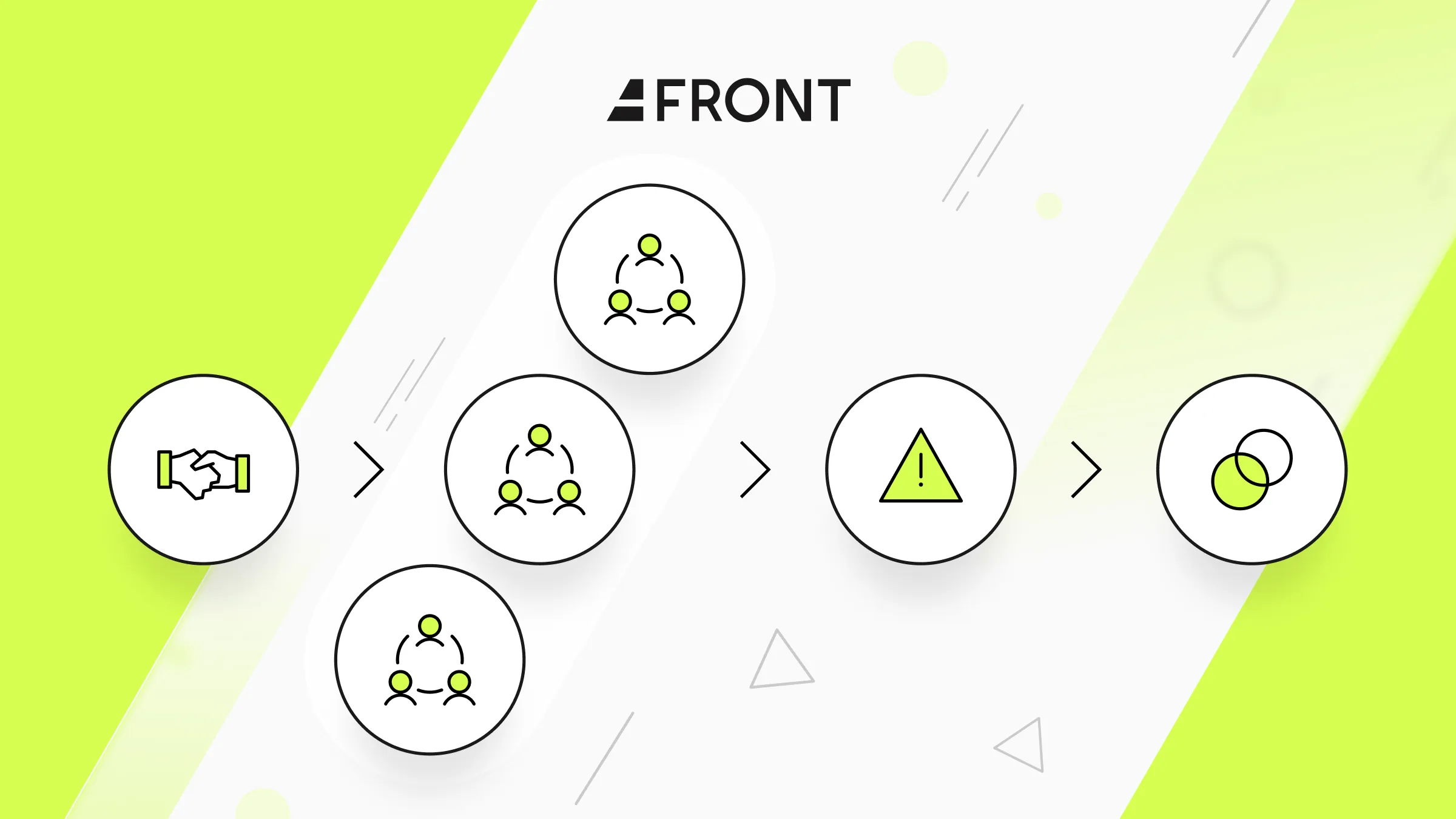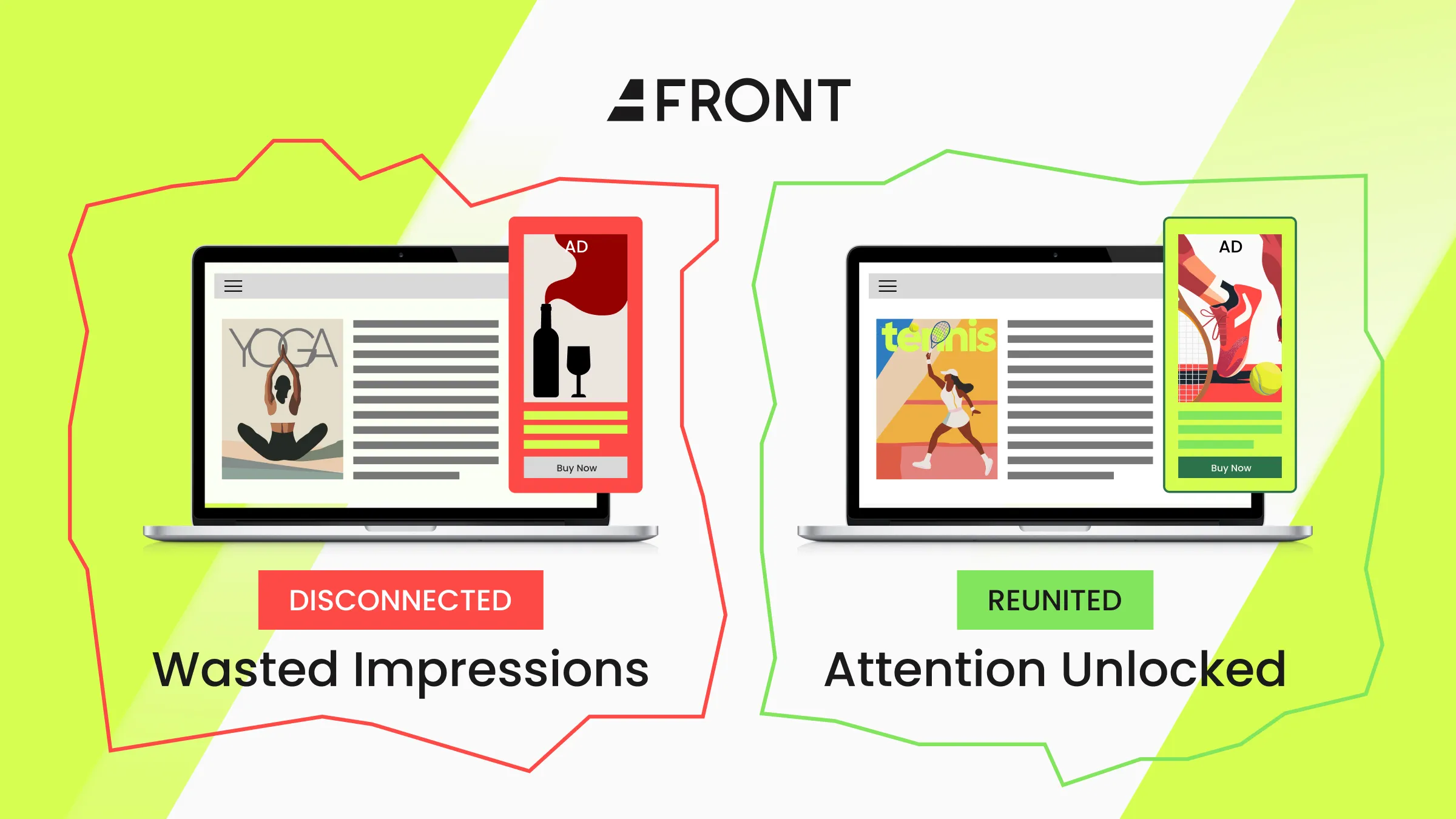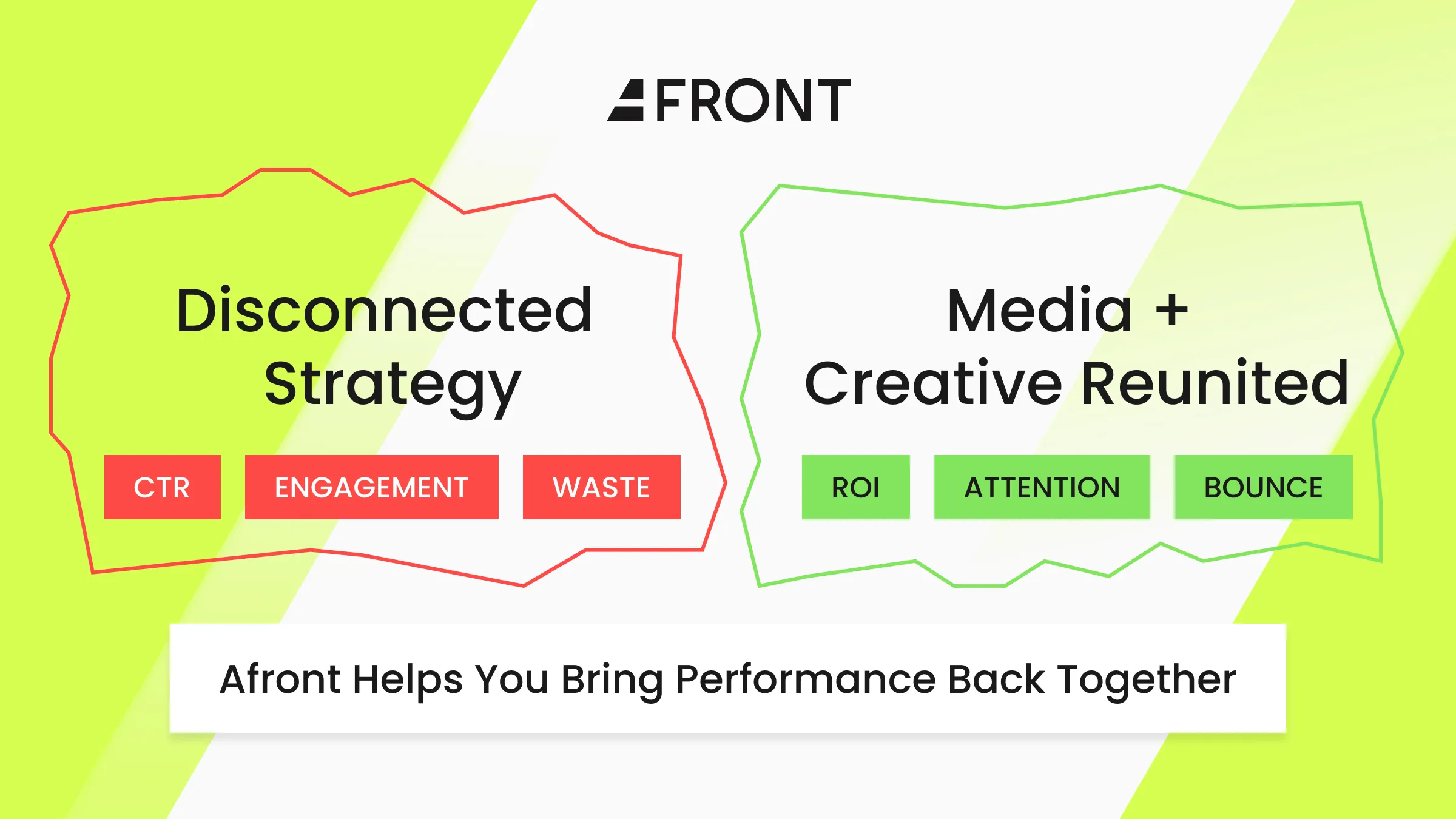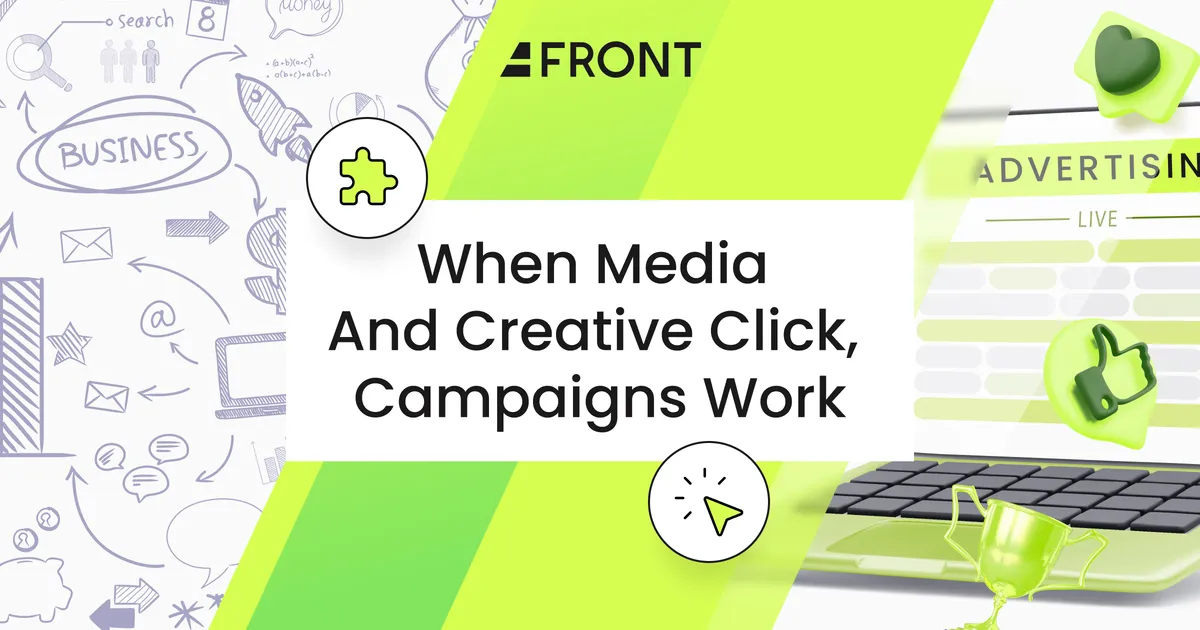In the early days of digital advertising, media and creative worked hand in hand. Campaigns were designed with shared goals, and messaging was shaped by audience insights from the start. But as programmatic evolved and automation took over, something got lost: connection.
Today, creative and media often operate in silos. Designers build beautiful assets without knowing where or how they’ll appear. Media teams optimize for performance without insight into what’s actually being shown. The result? Disjointed campaigns, missed opportunities, and a lot of wasted spend.

Infographic showing the evolution of the media-creative relationship from unity to disconnection — and back.
This disconnect isn’t just inefficient — it’s bad for performance. And in a privacy-first world where user signals are disappearing, the need to reunite media and creative is more urgent than ever.
Curious how curation is changing programmatic performance at the supply level? Read this post on curated supply and the premium shift.
When Creative Is Out of Sync, Performance Suffers
Modern programmatic campaigns aren’t just about reaching the right audience. They’re about delivering the right message at the right moment, in the right context. But when creative and media don’t align, even the most sophisticated targeting can fall flat.
A beautifully designed ad that doesn’t match the tone of the content it appears next to? It gets skipped. A witty message shown in the wrong format? It gets ignored. When media and creative aren’t working together, the entire campaign loses impact — and your ROI pays the price.
Worse still, the loss of user-level signals (like cookies and device IDs) has placed new importance on creative as a performance driver. In the absence of precise targeting, your ad’s relevance must now come from context, not identity. And that means creative needs to be deeply tied to how, where, and when it's delivered.
Context-Responsive Creative Is the Way Forward
The good news? This problem is solvable — and smart brands are already leading the way.
At Afront, we’re seeing more and more marketers turn to context-responsive creative: dynamic formats that adapt to the environment, audience mindset, and media signal in real time. It’s a strategic shift away from static assets and toward agile creative that works in harmony with placement.
These aren’t just adaptive banners or resized videos. We’re talking about ad formats that actively adjust their tone, layout, or messaging based on time of day, screen size, or platform — whether it's native ads aligning with editorial voice or video spots that shift length based on attention metrics.

Visual comparison of disconnected creative vs. context-matched media performance outcomes.
This kind of flexibility isn’t a luxury. It’s becoming the new normal. As audiences grow more selective and digital environments more fragmented, creative that responds to context will be the key to staying relevant — and competitive.
Bringing Creative and Media Back Together
Fixing the media-creative divide doesn’t require a complete overhaul. But it does require a mindset shift — and smarter collaboration from the start of the campaign process.
Rather than developing creative in isolation, the best-performing brands begin with shared planning sessions where media strategy informs creative concepts, and creative possibilities shape media choices. Contextual insights — like where an ad will run or who it’s meant to reach — should guide everything from copy to color palette.
When campaigns are live, data from each impression can feed back into the creative process, revealing what’s working and what needs to evolve. That loop — from creative to media to measurement and back again — ensures that performance isn’t an afterthought. It’s built in.
At Afront, we help brands activate this kind of integration. Our platform is built to support adaptive creative and intelligent optimization across channels. We surface real-time data that informs both buying and design. And we make it easy to test and iterate without slowing down your campaign momentum.
If you’re ready to break down silos and align creative with media from day one, reach out to us here. We’d love to show you how Afront helps you build campaigns where strategy meets storytelling.
What Afront Does Differently
We’re not just optimizing bids. We’re helping brands build smarter creative strategies that perform in today’s signal-shifting landscape.
Our stack supports immersive, adaptive formats that flex across CTV, web, mobile, and audio. We provide real-time feedback from each placement — not just performance data, but contextual insights that guide future creative. And we integrate media and creative tools into one transparent, privacy-first system.

Side-by-side comparison showing results of disconnected vs. integrated programmatic strategies.
This isn’t just about bringing teams together. It’s about giving them the tools to build campaigns that actually work — where design meets data, and storytelling meets strategy.
Creative Is Now a Signal
As privacy regulations reshape digital advertising, creative is no longer something you plug in at the end of a campaign. It’s a critical signal in its own right — one that helps determine whether your message lands or gets lost in the noise.
The brands that succeed in the next era of programmatic will be those who treat creative and media as equal partners — both driving performance, and both informed by context.
At Afront, we’re helping brands build that future. One campaign, one impression, one perfectly-placed message at a time.
